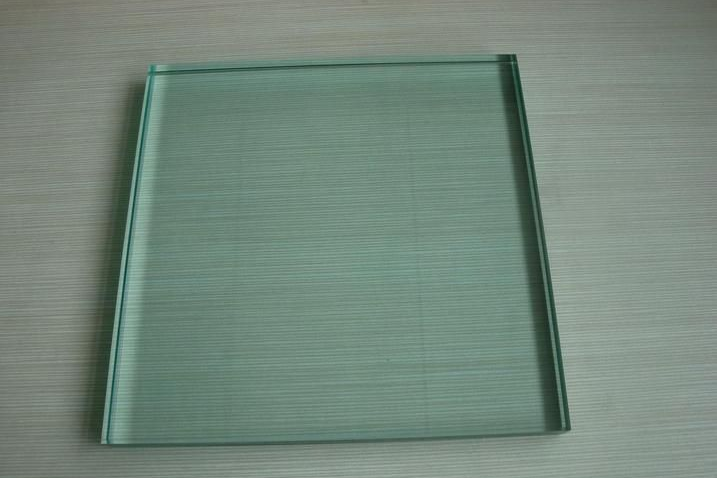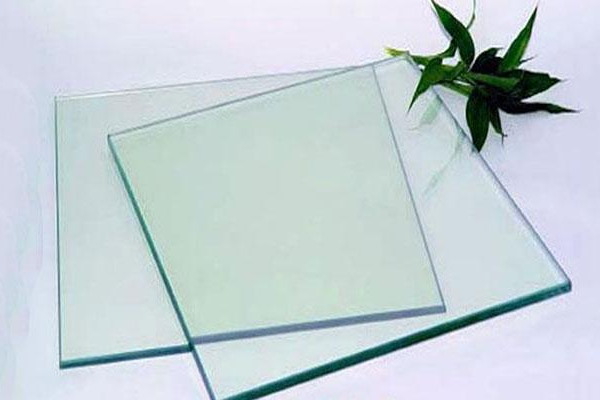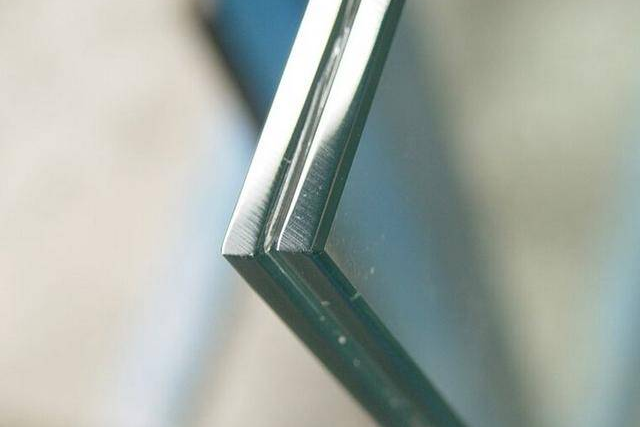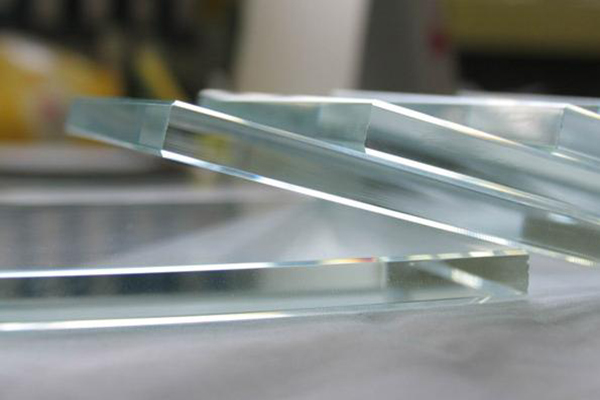Commonly used transparent plain plate glass
Product Description
Ordinary flat glass refers to flat glass products without other processing. Plate glass has the performance of light transmission, heat insulation, wear resistance, climate change resistance, and some of the characteristics of heat preservation, heat absorption, radiation protection, so it is widely used in inlaid building doors and Windows, walls and interior decoration. It is clear and colorless or slightly green. The thickness of the glass is uniform and the size is standard.
Generally, the transmittance of ordinary glass is about 85%, with good transmittance, high hardness, corrosion resistance, heat insulation and sound insulation, wear resistance, climate change resistance, and some insulation, heat absorption, radiation and other characteristics. In terms of visual effects, ordinary glass contains certain iron compounds and solid inclusions such as bubbles and sand grains, so its permeability is not so high, and the glass will faint green, which is the unique property of ordinary white glass.
High quality ordinary glass is colorless transparent or slightly with light green, the thickness of the glass should be uniform, the size should be standardized, no or few bubbles, stones and waves, scratches and other defects.


Product Classification
In order to meet various needs in production and life, people carry out deep processing of ordinary plate glass, main classification:
1. Toughened glass. It is a prestressed glass made of ordinary plate glass after reprocessing. Compared with ordinary plate glass, toughened Zhiying Fu glass is not easy to break, even if broken, it will be broken in the form of particles without acute Angle, which greatly reduces the harm to human body.
2. Frosted glass. It is also frosted on top of ordinary flat glass. The general thickness is mostly below 9 percent, with the thickness of 5 or 6 percent.
3. Sandblasted glass. Performance is basically similar to frosted glass, different frosted sand for blasting. Many homeowners and even renovation professionals confuse the two because of their visual similarities.
4. Embossed glass. It is a flat glass made by calendering method. Its biggest feature is light opaque, used in the bathroom and other decoration areas.
5. Wire glass. Is a calendering method, the metal wire or metal mesh embedded in the glass plate made of a kind of anti-impact plate glass, when the impact will only form a radiation crack and not fall down wounding. Therefore, it is often used in high-rise buildings and factories with strong vibration.
6. Insulating glass. The adhesive method is used to keep two pieces of glass at a certain interval, the interval is dry air, and the surrounding is sealed with sealing materials. It is mainly used in the decoration works with sound insulation requirements.
7. Laminated glass. Laminated glass generally consists of two pieces of ordinary plate glass (also toughened glass or other special glass) and an organic adhesive layer between the glass. When damaged, the debris is still adhered to the adhesive layer, avoiding the damage to the human body caused by the splash of debris. It is mainly used for decoration projects with safety requirements.
8. Bulletproof glass. In fact, it is a kind of laminated glass, but the glass is composed of tempered glass with higher strength, and the number of laminated glass is relatively more. Used in banks or luxury homes and other very high safety requirements of the decoration project.
9. Hot bending glass. Curved glass made from high quality flat glass softened by heating in a mold and then annealed. Beautiful style, smooth lines, more and more frequent in some senior decoration.
10. Glass tiles. The production process of glass brick is basically the same as that of plate glass, but the difference is the forming method.
11. Energy saving glass: insulating glass, vacuum glass, low radiation glass, Coating low-e glass, nano coated glass, heat insulation glass, etc.
Product Applications
Its main uses are as follows:
1. Frame surface.
2. Light transmission modeling of small areas such as external Windows and door fans.
3. Large area but protected by frame, such as indoor screen.
4. Large indoor partition, railings and other decoration.
5 spring glass doors and some activities of larger flow of people partition.
6. The whole glass wall of the outer wall.







